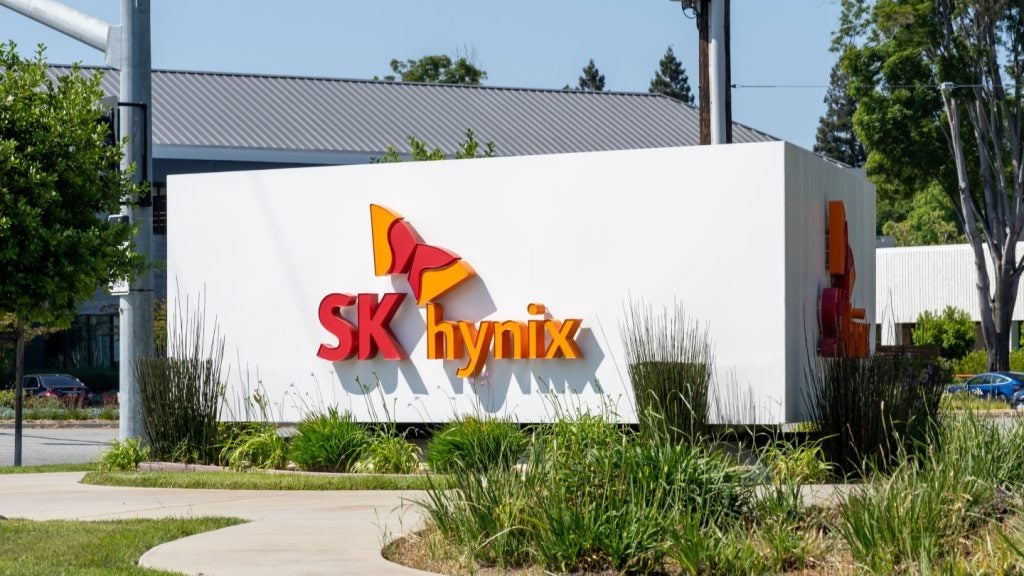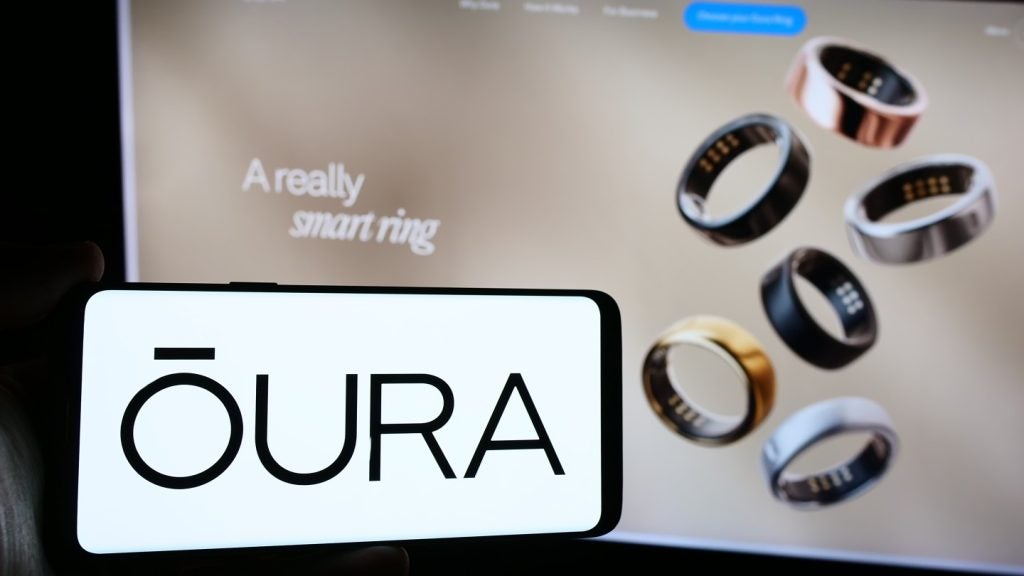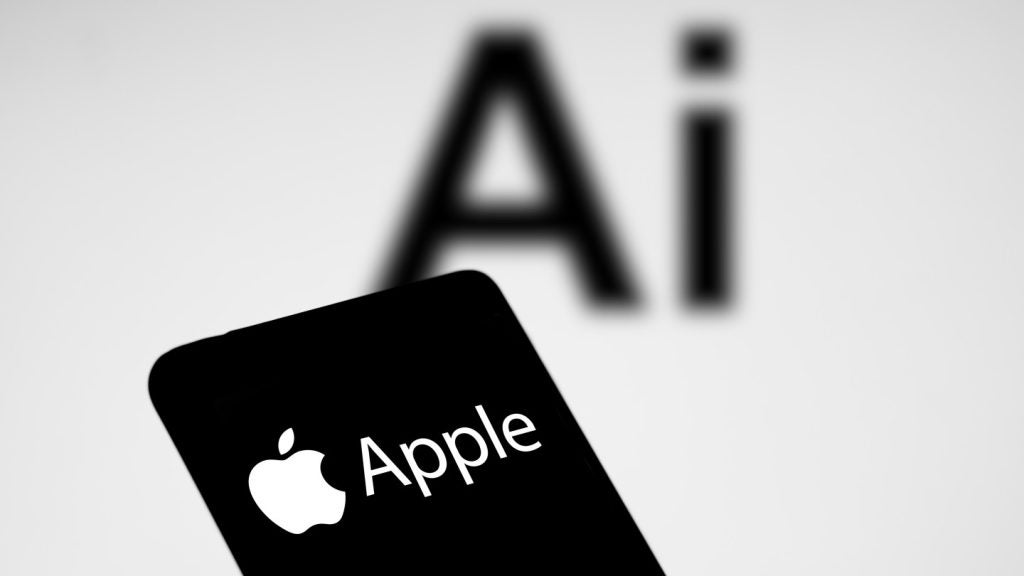While 5G services are not yet “live,” this next generation of wireless technology is already top of mind for service providers, OEMs and other telecom market ecosystem players.
Aside from preparing to build out the technology, they will be working to ensure that 5G use cases are compelling. That is, different enough from 4G to matter to customers.
As with any new generation of wireless, the stakes are high, and operators are hoping they’ll make back their substantial investments in 5G. For most operators, this should come via a massive uptake of connectivity. In addition, revenues from advanced services spanning both consumers and business customers will help.
From a purely technological standpoint, 5G significantly raises the stakes. The technology supports speeds and latency that go significantly beyond those of 4G. On top of that, 5G network slicing also promises to offer new ways of selling services, opportunities for content prioritization, and service tiers backed by solid quality of service guarantees.
But pure technology does not drive purchasing in the enterprise. That’s why operators need to move beyond their current and constant barrage of technology build-out narratives and their plans to offer fixed and/or mobile services. Rather, the use cases (the business outcome) will make the difference in changing how customers see and use cellular services.
Each operator has a slightly different idea about the kinds of applications that 5G will empower. For example Vodafone is focusing on 5G’s ability to handle streaming AR/VR content as a primary use case. It has been trialing VR applications, gaming tournament broadcasts and low latency robots.
How well do you really know your competitors?
Access the most comprehensive Company Profiles on the market, powered by GlobalData. Save hours of research. Gain competitive edge.

Thank you!
Your download email will arrive shortly
Not ready to buy yet? Download a free sample
We are confident about the unique quality of our Company Profiles. However, we want you to make the most beneficial decision for your business, so we offer a free sample that you can download by submitting the below form
By GlobalDataElsewhere, T-Mobile USA is discussing in-home mobile broadband and augmented reality displays as prime uses cases.
Most examples fall into one of three categories. These are: AR/VR-enabled use cases, massive Internet of Things (smartspeakers, connected appliances etc) uptake, and ultra-low latency gaming and video broadcast applications. Device-to-device (including vehicle-to-vehicle) communications is another key feature that 5G will enable. That last one will prove critical for the future of autonomous driving.
Will businesses pay for new services?
In the enterprise, massive communications traffic is expected from sensors embedded in roads, railways, and vehicles.
5G providers also aim to leverage the technology’s reliability and low latency to control critical services and infrastructure for public safety, healthcare, government organizations, and utilities.
Real-time video streaming, support for IoT applications such as autonomous vehicles, and advanced use of robotics in manufacturing should be important to businesses if the return on investment for these applications is compelling.
Will 5G change market dynamics?
Questions remain, of course. Will the enterprise appetite to spend more to use these futuristic abilities still exist when 5G networks become a reality?
Will devices to support these applications be in place once those networks are ready? Are businesses finally ready to see wireless as a valid replacement for wired broadband? And lastly, will operators be able to offer all these futuristic services profitably?
These are questions that businesses will have to weigh up before 5G finally arrives.







